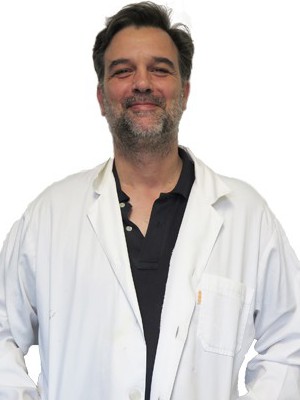abstract
Partition coefficients of seven low molecular weight compounds were measured in multiple aqueous two-phase systems (ATPSs) formed by pairs of different polymers. The ionic composition of each ATPS was varied to include 0.01 M sodium phosphate buffer (NaPB), pH 7.4 and 0.1 M Na2SO4, 0.15 M NaCl, and 0.15 M NaClO4 all in 0.01 M NaPB, pH 7.4. The differences between the solvent features of the coexisting phases in all the ATPSs were estimated from partitioning of a homologous series of dinitrophenylated-amino acids and by the solvatochromic method. The solute-specific coefficients for the compounds examined were determined by the multiple linear regression analysis using the modified linear solvation energy relationship equation. It is established that the solute specific coefficients characterizing different types of the solute-water interactions (dipole-dipole, dipole-ion, and H-bonding) for a given solute change in the presence of different salt additives in the solute specific manner. It is also found that these characteristics are linearly interrelated. It is suggested that there is a cooperativity between various types of solute-water interactions governed by the solute structure. (C) 2015 Elsevier B.V. All rights reserved.
keywords
SOLVATION ENERGY RELATIONSHIP; 2-PHASE SYSTEMS; ORGANIC-COMPOUNDS; WATER INTERACTIONS; PHASE-SEPARATION; METHYLENE GROUP; COMPARTMENTALIZATION; MOLECULES; RESPONSES; PROTEINS
subject category
Biochemistry & Molecular Biology; Chemistry
authors
Madeira, PP; Bessa, A; Loureiro, JA; Alvares-Ribeiro, L; Rodrigues, AE; Zaslavsky, BY
our authors
acknowledgements
Financial support for this work was in part provided by (i) FCT/MEC, FEDER under Programe P12020 (Project UID/EQU/50020/2013), (ii) national research grant PTDC/EQU-EQU/112812/2009, (iii) QREN, ON2 and FEDER, under Programe COMPETE (Project NORTE-07-0124-FEDER-0000011) for which the authors are thankful. A. Bessa acknowledges the scholarship within the Project PTDC/EQU-EQU/112812/2009 from Fundacao para a Ciencia e a Tecnologia (FCT). J.A. Loureiro acknowledges FEDER postdoctoral grant (NORTE-07-0124-FEDER-000025/FEUP-ON2-25MC - EngaQuimicaBiologica).


